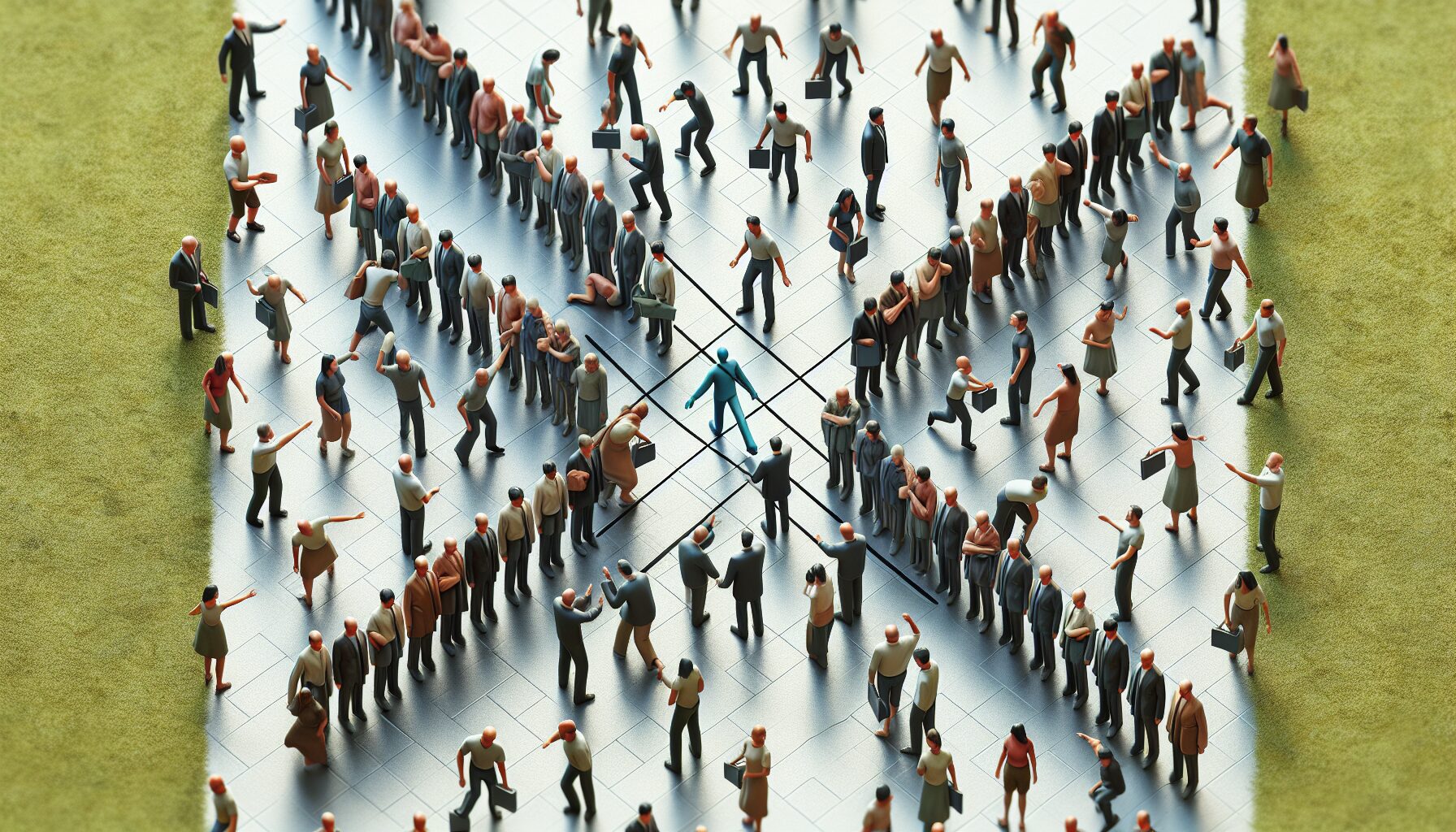Ritualized Exclusion: How Systems Normalize Alienation
In societies across the globe, systems have often normalized processes that lead to the exclusion and alienation of certain groups. This paradigm, known as ritualized exclusion, functions through various mechanisms, embedding discrimination within the frameworks of daily life. As such, understanding these rituals offers a crucial lens through which to analyze both historical and contemporary societal structures.
Defining Ritualized Exclusion
Ritualized exclusion refers to the systematic practices that perpetuate the marginalization of individuals or communities based on characteristics such as race, gender, socioeconomic status, or religion. These practices are “ritualized” because they are habitual and ingrained into the societal fabric, becoming normalized over time.
“Rituals are the vehicles par excellence for the transmission of values and other cognitive categories that are of critical importance to the individual and society,” notes Victor Turner, an anthropologist renowned for his studies on rites of passage and symbols.
Historical Perspectives on Exclusion
Throughout history, exclusion has been institutionalized in various forms:
- Caste Systems: In ancient India, the caste system effectively institutionalized segregation and inequality, where individuals were assigned a social status based on their birth.
- Jim Crow Laws: In the United States, “Jim Crow” laws from the late 19th to the mid-20th century enforced racial segregation and disenfranchisement of African Americans.
- Apartheid: In South Africa, apartheid policies legally enforced racial discrimination and segregation from 1948 to 1994.
These systems highlight how exclusionary practices can be legally codified, reinforcing divisions that persist for generations.
Modern Manifestations of Ritualized Exclusion
In contemporary settings, ritualized exclusion often takes subtler forms. It is facilitated through practices and policies that, while perhaps not overtly discriminatory, result in significant disparities:
- Healthcare Disparities: Access to healthcare often varies dramatically across different socioeconomic and ethnic groups, contributing to unequal health outcomes.
- Educational Inequities: Funding formulas for public schools frequently favor affluent neighborhoods, resulting in an education system where resources are unequally distributed.
- Workplace Discrimination: Despite equal opportunity laws, many workplaces have cultures that subtly disfavor minorities, as shown by Thomas Schmidt in his 2021 study, “Invisible Barriers: Workplace Culture and Diversity”.
These examples show how systemic bias can persist even within institutions designed to promote equality.
The Psychology Behind Exclusion
Ritualized exclusion is not just a social phenomenon; it is deeply rooted in human psychology. Social identity theory, proposed by Henri Tajfel, suggests that individuals derive a sense of self from their group memberships. Exclusion becomes a byproduct of this theory, as individuals seek to protect the perceived status of their group, often by alienating others.
This behavior is compounded by confirmation bias, where people favor information that confirms their pre-existing beliefs or values, making it harder to challenge the status quo. As Richard S. Lazarus notes in “Cognitive and Behavioral Reactions to Stress”, “Threats to one’s social identity, as occurs with exclusion, can activate stress response systems, leading to enhanced group cohesion at the expense of outgroup members.”
Challenging Ritualized Exclusion
Addressing ritualized exclusion requires systemic changes and societal commitment:
- Policy Reform: Robust anti-discrimination laws and policies that actively promote inclusivity can dismantle entrenched systems of exclusion.
- Education: Initiatives that foster understanding and empathy across differences, starting early in educational settings, can rewrite long-standing cultural narratives.
- Active Advocacy: Grassroots movements and advocacy groups play critical roles in challenging exclusionary practices and pushing for meaningful reforms. Organizations like the American Civil Liberties Union (ACLU) and Human Rights Watch have long fought against systemic injustices.
The Path Forward
While the challenges are significant, the path toward dismantling ritualized exclusion lies in collective action. By recognizing the deeply ingrained structures that perpetuate alienation, societies can work towards creating inclusive environments where all individuals are valued and able to participate fully.
Ultimately, to move forward, we must confront our past and present with honesty and intention, ensuring that the rituals of tomorrow are ones that celebrate diversity and inclusion, rather than perpetuate exclusion.

Leave a Reply
You must be logged in to post a comment.